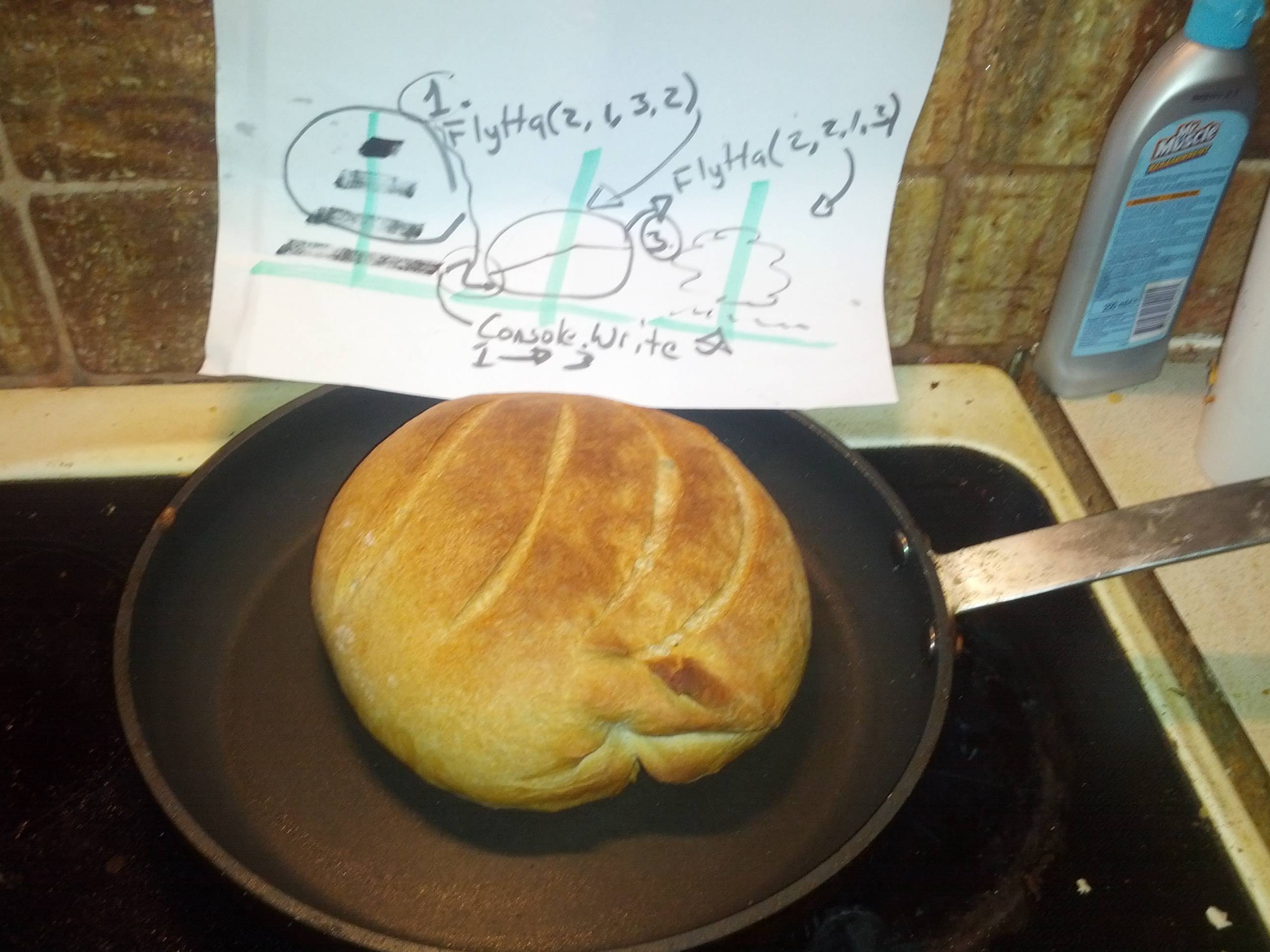You have only 62% hydration for a dough with lots of protein, and then you put it for whole 14 minutes in the mixer.
You must be aware that gluten is a strong elastic mesh before it is baked. When you pull at it, it pulls back. Similarly, when the steam and other gases in the bread try to expand in the hot oven, the gluten keeps them from expanding too much. It is like pumping up a bicycle tire - the harder the tire rubber, the less it expands, even if you pump lots of air into it.
You must be aware that 1) French bread recipes at 60% hydration are meant for AP flour at ca. 10% gluten, not bread flour at 13% gluten (the flour variety for bread flour is not common in Europe), and 2) 15 minutes of kneading is typical for hand kneading, not for machine kneading. The combination of low hydration, high gluten flour and long machine kneading will give you a very strong gluten which will be quite resistant to expansion during rising.
If you want to have softer, larger loaves, you should work with more hydration. I frequently use 70% even with AP flour, it is still quite easy to work with with a good technique. You can also consider less kneading and/or using a softer flour.
If you want a stiffer, denser bread, you cannot get more rise. It is normal for these recipes to stay less risen. In this case, keep everything as it is, and eat the bread the way it is now - I see nothing especially wrong with it.

